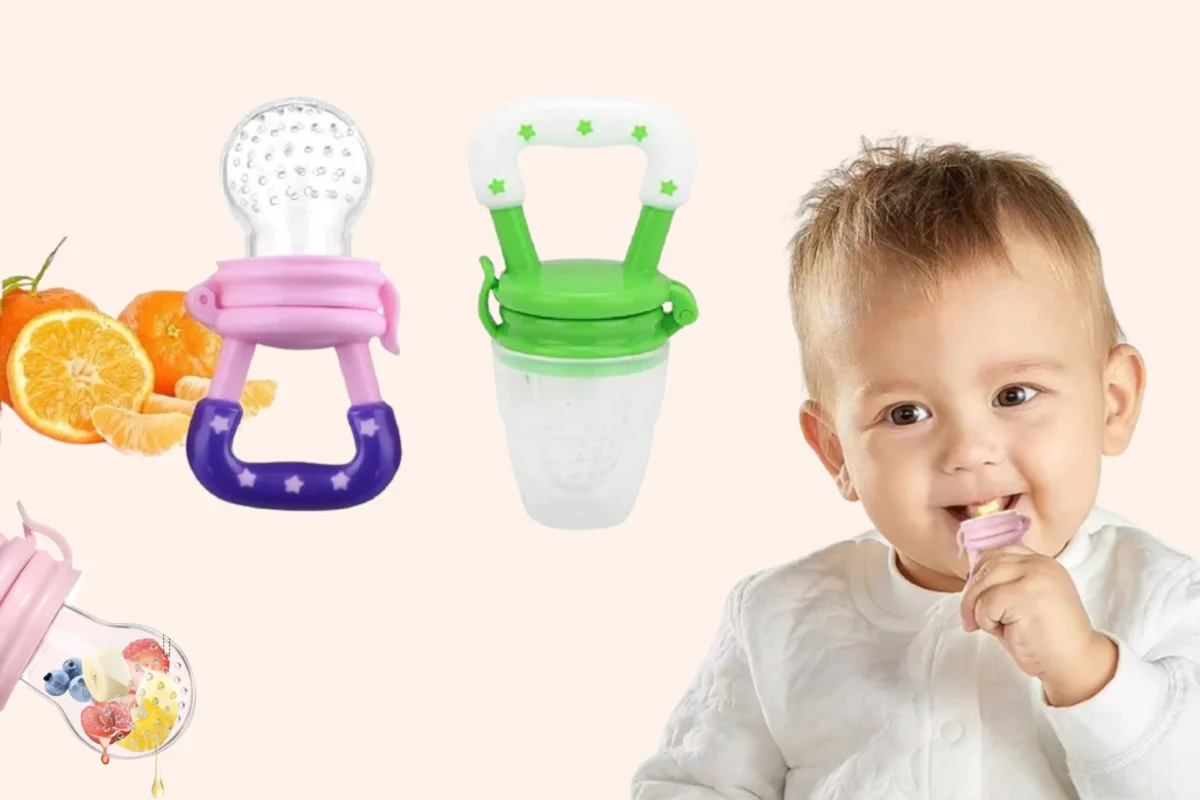When it comes to caring for your baby’s delicate nails, choosing the right trimmer is essential. Parents often find themselves deciding between electric and traditional baby nail trimmers, each offering unique benefits and potential drawbacks. In this comprehensive guide, we’ll compare electric and traditional nail trimmers, helping you determine which option best suits your needs and ensures your baby’s safety and comfort. Understanding the differences can make nail trimming a stress-free experience for both you and your little one. Let’s dive into the pros and cons of each type to help you make an informed decision.
Electric Baby Nail Trimmers
Electric nail trimmers are designed with safety and convenience in mind. They feature soft cushioning to protect delicate skin and nails, and most models have LED lights for better visibility during use. Electric trimmers are also known for their quiet operation, which is crucial for not startling or waking up sleeping babies. One of the main benefits of electric trimmers is their customizable settings. Many models come with multiple speed options and attachments that allow for personalized nail care as your baby grows. This versatility makes electric trimmers suitable for both newborns and toddlers. Electric nail trimmers are also highly portable, with compact and lightweight designs that include carrying cases.
This makes them easy to use anywhere, whether at home or on the go. The safety features of electric nail trimmers are their most significant advantage. They have built-in safety guards to prevent accidental nicks or cuts, and their motorized mechanism ensures a smooth, controlled trimming experience. This reduces the risk of cutting the skin and makes the process more comfortable for your baby. Electric trimmers are also more efficient than traditional clippers. Their motorized blades can trim nails quickly and evenly, minimizing the time your baby needs to sit still. This can be especially helpful for babies who are squirmy or impatient during nail trimming sessions.
Traditional Baby Nail Clippers
Traditional baby nail clippers are a more affordable option and can be effective for some parents. They feature soft, rounded edges and gentle rotating heads or vibrating pads to trim nails without causing harm. However, traditional clippers require more dexterity and precision compared to electric models. One advantage of traditional clippers is that they don’t require batteries or charging, making them convenient for parents who prefer a simple, straightforward approach to nail trimming.
Traditional clippers can also be more precise than electric models, allowing you to trim nails to your desired length. This can be helpful for parents who prefer a more hands-on approach to nail care or who have concerns about the safety of electric trimmers. However, traditional clippers do have some drawbacks. They require more effort and dexterity to use effectively, which can be challenging for parents who are new to nail trimming or who have limited mobility. Traditional clippers also have a higher risk of cutting the skin if not used carefully.
The Verdict
When it comes to safety, electric nail trimmers have a clear advantage. Their motorized mechanism and innovative features, such as built-in safety guards and LED lights, make them a safer choice for trimming delicate baby nails. Electric trimmers also offer a more efficient and painless experience for infants, reducing any discomfort or resistance during the process. However, the choice between electric and traditional nail clippers ultimately depends on your personal preferences, comfort level with technology, and your baby’s specific needs. Both options prioritize safety while offering different approaches to maintaining well-groomed nails for infants.
Conclusion
Electric nail trimmers are the recommended choice for most parents due to their enhanced safety features, efficiency, and customizable settings. They provide a safe and convenient way to keep your baby’s nails well-groomed without the risk of accidentally cutting the skin.













